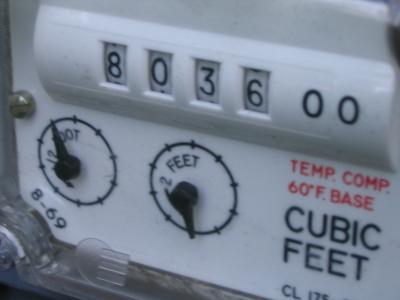You are here
The Cost of Taking Shortcuts
 Taking shortcuts may be a short-term gain for OEMs and contractors, but they inevitably lead to long-term problems. Sure, shortcuts lower overhead and increase profit margins in the short term, but at what cost? Failing tests, compromising system integrity, suffering catastrophic failure, and losing a customer’s trust are risks that should always be considered whenever a contractor or OEM thinks about taking a shortcut.
Taking shortcuts may be a short-term gain for OEMs and contractors, but they inevitably lead to long-term problems. Sure, shortcuts lower overhead and increase profit margins in the short term, but at what cost? Failing tests, compromising system integrity, suffering catastrophic failure, and losing a customer’s trust are risks that should always be considered whenever a contractor or OEM thinks about taking a shortcut.
Mechanical shortcuts often compromise a system’s integrity, leading to costly repairs and failed tests. For instance, I remember working on an RTO that utilized tadpole gaskets in the seats of its butterfly valves. During an inspection I found numerous valve seat bolts were broken. This prevented the valves from properly seating against the gasket. Nearly half of the bolts on one valve had failed. On this particular valve, that meant 14 busted bolts (out of 32 total). How does someone ignore something so critical? The crews who worked on these valves must have assumed that the remaining bolts were “good enough” to pass the upcoming EPA test. However, the consequences of their ill-advised shortcut quickly countered the time they saved in the field.
The new gasket’s ability to properly seal the valve had been compromised. The result was a rapid accumulation of particulate along valve seats, blades, and lips. This unit failed a subsequent engineering test in gloriously catastrophic fashion.
Programming shortcuts may be the hardest to uncover, and the most costly to a facility. An unnamed controls guy (though I’m fairly certain who it was, LOL) who had probably become tired of spending long hours on site performing a bake-out, thought he’d speed up the process a bit. His solution was to quickly cool down the chamber after baking it out by placing the chamber into an “Inlet” mode, until the cold face temperature had dropped below 300°F. The thermal shock the cold face encountered when 30°F air slammed into 900°F media was disastrous.
It definitely saved him a few hours, but the results were unfortunate and undeniable. Media is often the most expensive part of an oxidizer. This is especially true of Regenerative Thermal Oxidizers, whose claim to fame is reduced utility consumption via high thermal efficiency. Shocking the cold face destroys media, causing it to become plugged with inorganic material. This leads to higher pressure drops, increased face velocities, lower thermal efficiency, and higher utility consumption.
This shortcut shortened the life of the media and resulted in hundreds of thousands of dollars in replacement costs, not to mention the increased utility consumption. An increase of 2MCF/Hr of natural gas flow results in almost 17,500MCF over the course of a year. Using a modest $5.00/MCF value in the calculation indicates that the client will be paying over $87,000 annually in increased utility consumption.
So what do you think? Was the time saved on site really worth it?


